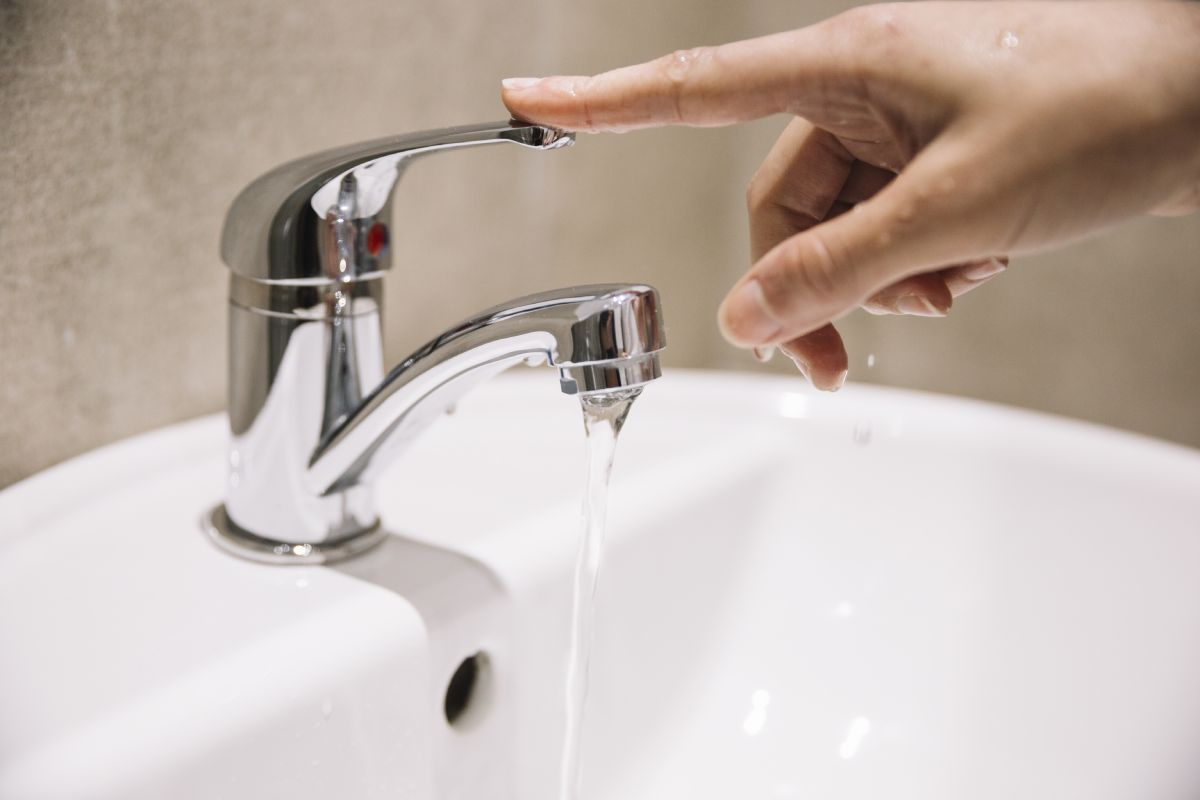The Instruction to Fixing Low Water Pressure in Your Home
The Instruction to Fixing Low Water Pressure in Your Home
Blog Article
They are making several great pointers on the subject of Low Water Pressure in the House? as a whole in the content which follows.

Low water pressure in your house can be an irritating issue, affecting every little thing from showering to washing meals. If you're experiencing weak water flow, there are several feasible reasons and remedies to check out. In this overview, we'll review common factors for low tide pressure and useful actions to address the concern successfully.
Introduction to Low Tide Pressure
Low tide stress occurs when the circulation of water from your taps, showers, and various other components is weaker than typical. This can make day-to-day jobs more challenging and much less reliable. Comprehending the reasons for low water pressure is critical to locating the best remedy.
Typical Root Causes Of Low Water Stress
Pipe Obstructions
Over time, pipes can come to be blocked with natural resource, sediment, or particles, restricting the circulation of water. This is an usual problem in older homes with galvanized steel pipelines.
Rust
Corrosion within pipelines can result in leakages and lowered water stress. Rust buildup can constrict water flow, especially in maturing plumbing systems.
Faulty Pressure Regulatory Authorities
Stress regulators are in charge of preserving consistent water stress in your home. If they malfunction, it can cause low tide pressure or unequal flow throughout the house.
Local Water Supply Issues
Sometimes, the trouble exists outside your home. Community water supply concerns, such as main line leaks or upkeep work, can momentarily minimize water pressure in your location.
Just How to Identify Low Tide Pressure
Examining Faucets and Components
Beginning by evaluating the water stress at various faucets and fixtures throughout your home. If the issue is separated to certain locations, it might indicate local problems.
Examining Pipes
Evaluate noticeable pipes for indicators of leakages, deterioration, or obstructions. Take note of any kind of uncommon audios, such as knocking or rattling pipes, which might suggest problems within the plumbing system.
Consulting with a Plumber
If you're not able to identify the source of low tide pressure, think about hiring an expert plumber to conduct a complete assessment. They can determine underlying issues and suggest appropriate remedies.
DIY Solutions to Fix Low Tide Pressure
Cleansing Aerators and Showerheads
Mineral deposits can gather in aerators and showerheads, minimizing water flow. Remove and clean up these parts consistently to improve water stress.
Flushing Water Heater
Sediment build-up in the hot water heater can limit circulation and lower efficiency. Flushing the tank occasionally helps remove debris and preserve optimum performance.
Examining Pressure Regulatory Authority
Ensure that the pressure regulatory authority is operating correctly. Changing or replacing the regulatory authority can help recover correct water stress throughout your home.
Clearing Up Clogs in Pipeline
For minor obstructions, attempt using a plumbing serpent or chemical drainpipe cleaner to clear blockages in pipes. Beware when utilizing chemicals and adhere to security guidelines.
When to Call a Professional Plumber
If DIY initiatives fail to resolve the problem or if you believe substantial plumbing problems, it's finest to seek aid from a qualified plumber. They have the expertise and tools to resolve complex problems safely and efficiently.
Safety Nets to Preserve Water Pressure
Routine Maintenance
Schedule regular maintenance for your plumbing system to avoid issues such as rust, leaks, and clogs. Dealing with minor troubles early can assist avoid more substantial repairs later.
Installing a Stress Booster
Think about mounting a pressure booster pump to enhance water stress in locations with consistently reduced circulation. This can be especially useful for multi-story homes or properties with high-demand fixtures.
Tracking Water Use
Bear in mind water usage behaviors and prevent ill-using the plumbing system. Basic adjustments, such as shocking showers and washing tons, can assist keep adequate water stress.
Final thought
Handling low water stress can be irritating, but recognizing the underlying reasons and implementing proper solutions can recover optimal circulation throughout your home. Whether it's cleaning aerators, examining pipes, or speaking with a plumber, taking proactive actions can ensure a stable supply of water for your day-to-day needs.
FOUR WAYS TO FIX LOW WATER PRESSURE NOW
Turning on a shower or faucet only to find the water comes out in a sad, slow drizzle is never a good feeling. How exactly are you supposed to wash a pan or take a quick shower when it takes 10 minutes just to rinse off a little soap? The good news is that when your water pressure is bad, there's always a cause: typically one that can be easily fixed. Here are some of the most common causes of low pressure and what you can do to fix the issue:
DEBRIS AND MINERAL DEPOSIT BUILDUPS
If you notice low water pressure from just one or two of the fixtures in your house, the problem likely has to do with debris buildup. Water is full of minerals and other debris, all of which can accumulate in your pipes and on your fixtures. This can cause a blockage that affects how much water flows through. To fix this, try filling a small plastic bag with white vinegar, and use a rubber band to hang it around your showerhead or faucet. Let the head of the fixture soak for a few hours, and the vinegar should loosen the deposits.
WATER LEAKS
Leaks are another common cause of low water pressure. If water is flowing out of your plumbing through a hole or crack before it can reach your fixture, the pressure coming out of the faucet or showerhead will be lower. A plumbing professional is your best bet for finding and repairing a leak in your water supply pipes.
Leaks are another common cause of low water pressure. If water is flowing out of your plumbing through a hole or crack before it can reach your fixture, the pressure coming out of the faucet or showerhead will be lower. A plumbing professional is your best bet for finding and repairing a leak in your water supply pipes.
A VALVE ISSUE
If you have low water pressure throughout your home, check your main shut-off valve to make sure it's completely open. You may also want to see if there's a pressure-reducing valve installed. If there is, have a plumber help you adjust the settings to get the pressure you're looking for.
OTHERS USING WATER
Believe it or not, your low water pressure could be caused by your neighbors. If you notice low pressure at certain times of day, it may be because you and the people living next to you have similar schedules - when everyone is showering at the same time, the pressure will be lower in every home. Low pressure throughout the neighborhood may also be caused by an issue with your municipal water supply. If that's the case, call the supplier to see if they're working on the issue.
https://www.rotorooter.com/blog/water-leaking/low-water-pressure-fixes/

I recently found that piece about 4 Ways to Troubleshoot Low Water Pressure while doing a search on the internet. Feel free to take the opportunity to share this page if you enjoyed it. Thanks for going through it.
Book Report this page